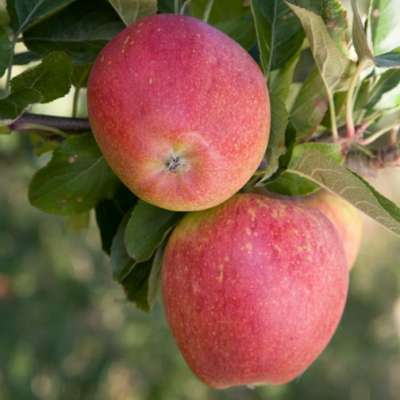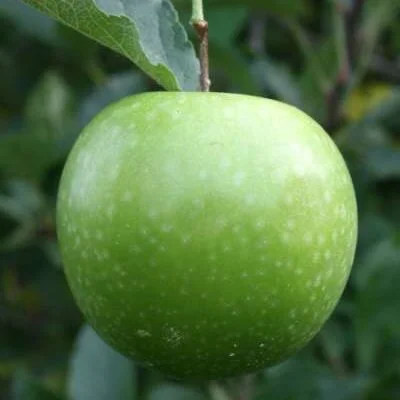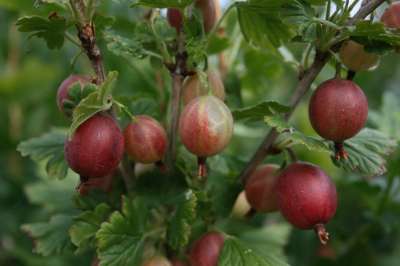Your basket is currently empty!
Thorough preparation of the ground in advance will bring rich rewards and also save time when it comes to planting. If you are preparing to put in bare root fruit trees during the dormant season then if you can double dig the ground in September time then this will be in ample time for it to settle. How you till the soil will depend on the size of the area you are planting. A hand spade is ample for garden conditions, a rotovator is a handy soil for the larger allotment. If you intend planting even a modestly sized orchard, then a mini tractor or orchartd tractor would be very labour-saving and it is sometimes possible to rent such machines if you are lucky.
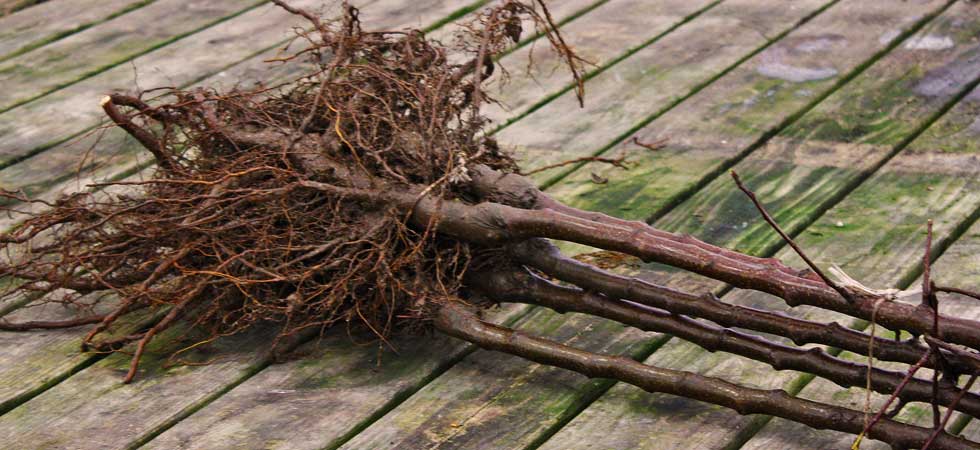
In any case the soil should be turned to at least two spits. If the ground had previously been grassland or pasture, take care to make sure that beneath this depth the ground has also been turned somewhat, or pricked over by a fork, because it can have become very hard under such circumstances. The same applies to clay soils which can form a ‘pan’ a few inches down into which tree roots will find it impossible to penetrate.
It is sometimes tempting to plant the trees in a hole which is not really deep enough to take the roots, whichj become bent around in order to accommodate them. An adequate cultivated depth prepared in advance will prevent this temptation.
When to plant
Traditionally fruit trees and fruit stocks are planted as bare-root stock whilst dormant in the winter time. This is a convenient and easy way to plant, the trees experience little shock and there isn’t usually any need for watering afterward unless the spring following is a dry one. To the unitiated it might seem strange to plant during the winter but frost and snow does no harm at all as long as the trees are in the ground.
These days you can plant all year round but if it is during the growing season – from April to October – then you must only plant container grown trees. These trees are a perfectly acceptable means of getting your trees in when you want to but remember they will need constant watering until established.
Feeding
A good dressing of bonemeal, a high nitrogen fertilizer or growmore will provide adequate nutrients initially. These types of fertilizer encourage growth which is the aim in the early stages so the tree can build a good framework of branches. In subsequent seasons a top dressing of potash should be applied annually in late winter. This encourages the production of flowers and fruit.
This should be raked in lightly over the entire planting area so that it does not leach away in heavy rain. Remember the root area is the same as the canopy of the tree so if possible, distribute the fertilizer of an area equivalent to this.
Can I dig the holes in advance?
A common question, surprisingly. And the answer is a definite no! When the trees arrive, the root size may vary quite a bit from one tree to another, if they are of different varieties so you can’t really guage how big to make the holes until you actually have the trees. And in any case, digging holes in advance will likely have two consequences. The holes will either dry out completely, or fill with water. Neither is a very good thing!
Do you have an easy irrigation source?
Having a garden hose nearby will greatly alleviate the trecking backwards and forwards with a watering can that may arise during dry springs after planting. Is the hose long enough to reach the trees easily? In which case, if it is not, invest in some extra hose-pipe and extend it to within easy reach. Another benefit of an easy water source such as this is that you will be more likely to water adequately than under-water which can sometimes be the temptation when you simply can’t face another long treck with a watering can!
Pest protection
These days, even urban area’s are under siege by rabbits and deer. Be prepared; either stock up on spiral tree guards, or better still for more significant area’s, invest in fencing made from galvanized chicken wire. It should be not less than 48” in height and should be dug into the ground as rabbits particularly will burrow underneath if it is not meticulously buried. Attention to detail now will save a lot of heartache later on, for young trees that have had their bark chewed by these furry menaces seldom recover. Voles can also damage root systems significantly from below ground.
How to plant fruit trees
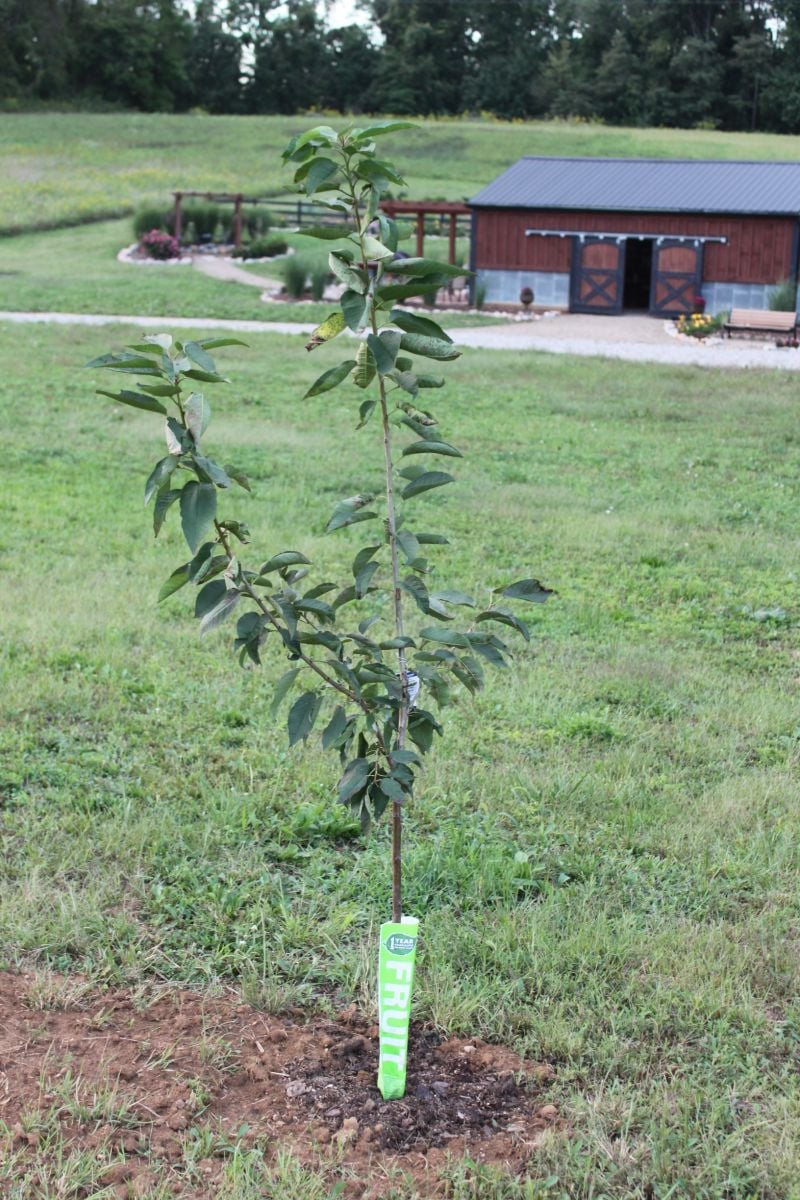
If on arrival of the trees the soil conditions are not suitable the trees should be heeled into a sheltered part of the garden. If this is not possible keep the tree in an unheated frost-free area and keep the roots moist with damp straw or a similar material until planting. Mark out the position for planting and drive in the stake which is to support your tree, This will normally be driven 18 inches into the soil or deeper on very light soils. The top of the stake should be 2 inches to 3 inches below the bottom branches of the tree after planting to avoid chafing. If the roots of the tree are at all dry, soak for 1 hour before planting. The next stage is the most important of all and must be correct to ensure the best results. A hole, deep and wide enough to take all of the roots of the tree when fully spread out, must first be dug. Dig into the base of the hole a bucket of compost, peat, well rotted manure or turf etc., and this will leave a slight mound in the centre of the hole. Place the tree on the mound with the stem approximately 2 to 3 inches away from the stake you have previously driven in, ensuring that the lowest tree branches are clear of the top of the stake. Plant the tree to the same depth as it was when in the nursery, which can be seen by the soil mark on the tree. The scion where the tree is budded or grafted onto the rootstock should be at least 4 inches above the soil surface after planting. Sprinkle the most fertile soil over the roots and occasionally shake the tree gently so that the soil falls among the roots. This process is continued until the hole is nearly full and the soil should then be firmed. Fill the remainder of the hole and firm again. Planting is now completed and the tree should be tied to the stake using a propriety tree tie.
Mulching
A very worthwhile practice, you can use any organice material, well rotted compost, leafmould, peat etc and this should be spread around the tree to a depth of about 3” but take care to leave the area imediately around the actual trunk clear. This is so there is a good air circulation around the trunk, which prevents mould and fungal spores settling on the trunk itself. Mulching helps conserve moisture, stops weeds from growing around the tree, and also helps protect the roots against severe frosts.



